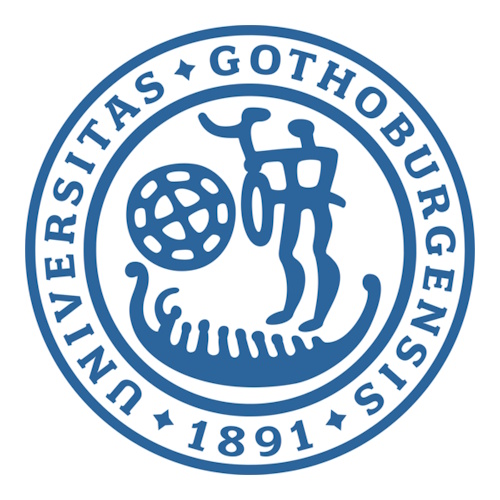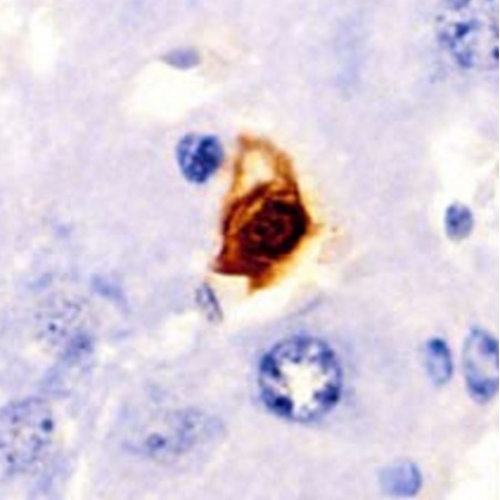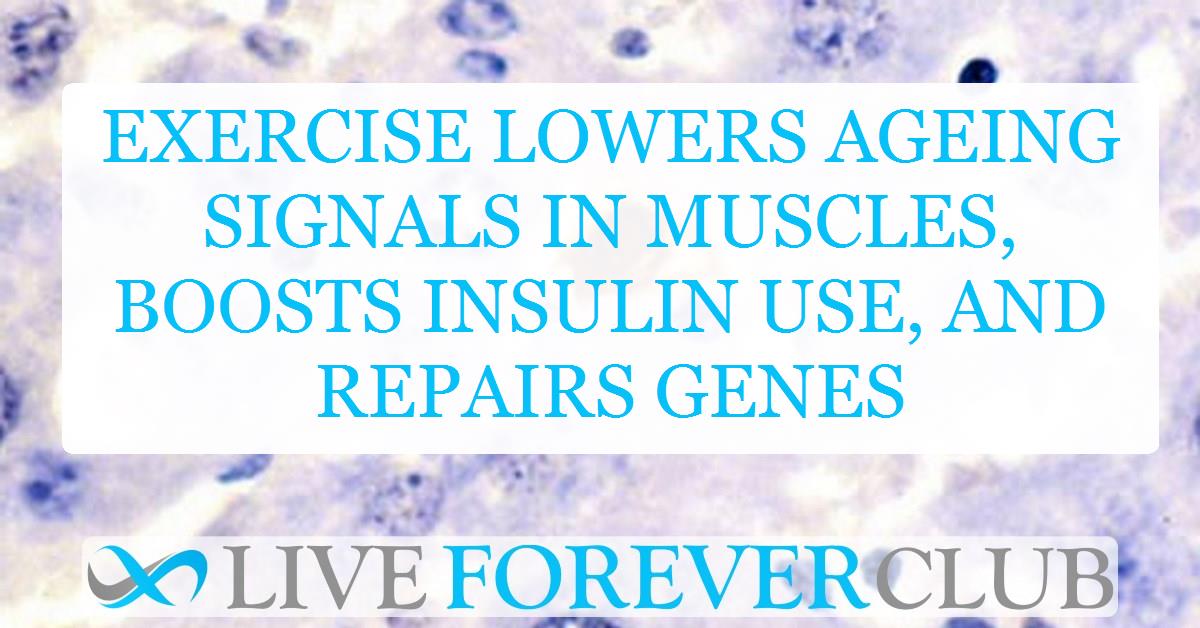Ageing touches every cell in the human body, but few systems feel its effects more than our muscles. As the years pass, skeletal muscle not only shrinks and weakens but also loses its ability to regenerate. One of the driving forces behind this breakdown is a cellular process called senescence—a state in which cells stop dividing, secrete inflammatory substances, and interfere with tissue repair. This process quietly accelerates in those with obesity, worsening insulin resistance and increasing the risk of type 2 diabetes.
Yet there’s hope. A new study offers compelling evidence that exercise does more than tone and trim. It can reprogram the muscle’s molecular landscape, silencing senescence markers, restoring metabolic balance, and reactivating muscle repair cells. This blog explores how consistent physical activity not only strengthens the body but reclaims cellular youth in muscles, making it a powerful therapy against age and weight-related decline.
Double Burden of Obesity and Ageing on Muscle
Skeletal muscle isn’t just for movement—it is one of the body’s main sites for glucose uptake. When this tissue starts malfunctioning, the ripple effects spread to the whole metabolic system. In middle-aged individuals with obesity, muscle samples show elevated markers of cellular senescence. These include genes like GLB1, CDKN1A, and ZMAT3—molecular signals that a cell has entered an aged, non-dividing state.
At the same time, genes essential for muscle glucose uptake (like GLUT4) and repair (like PAX7) are notably suppressed. This pattern reveals a worrying story: in people with obesity, muscle cells aren’t just struggling—they’re giving up. These shifts are tied closely to higher blood insulin levels, increased fat mass, and poor glucose control, showing how ageing and obesity combine to push muscle toward dysfunction.
Exercise as a Rejuvenation Tool for Skeletal Muscle
Despite this grim picture, the human body remains remarkably adaptable. In this study, two groups were tracked. One included young, lean men who exercised for four weeks. The other featured middle-aged individuals with obesity who trained for six months. Both showed remarkable improvement after their respective regimens.
Among the younger group, exercise led to a drop in senescence markers like GLB1 and CDKN1A. At the same time, GLUT4 and PAX7 levels increased, showing the muscle's improved capacity to absorb glucose and regenerate. Even after just a month of moderate training, these men exhibited better insulin sensitivity and healthier lipid profiles. This supports the idea that physical training rewires the biology of muscle, not just its size or strength.
Turning Back the Clock in Middle Age
In the older, obese participants, the transformation was even more striking. After six months of supervised training, their muscle tissue showed reduced levels of four key senescence markers: GLB1, CDKN1A, ZMAT3, and CDKN2A. These individuals also experienced substantial drops in weight, fat mass, and inflammation markers, while insulin sensitivity improved.
More importantly, genes responsible for muscle growth and metabolism—GLUT4 and PAX7—rebounded. These shifts reflect not only a metabolic revival but also a reawakening of the muscle’s regenerative machinery. It appears that sustained exercise allows even damaged, inflamed muscle to recover some of its youthful characteristics.
Why Muscle Repair Cells Are So Important
Much of the muscle’s repair ability depends on satellite cells, a type of adult stem cell nestled alongside muscle fibers. When damage occurs or new muscle is needed, these cells activate, multiply, and form new fibers. But senescence can shut them down.
To understand how senescence directly affects these crucial cells, researchers exposed human satellite cells to a chemotherapy drug, doxorubicin. This treatment triggered senescence: the cells grew large, flattened, and stopped dividing. They also released SASP—a cocktail of inflammatory molecules capable of spreading senescence to nearby healthy cells.
This discovery explains why ageing or obese muscles often fail to repair themselves. It’s not just about lost strength—these cells lose their capacity to renew muscle fibers, and worse, they may poison the ones that still can.
How Senescence Cripples Metabolism and Signaling
Senescent satellite cells didn’t just stop growing. They also lost the tools to support metabolism. The study found that GLUT4 and the insulin receptor beta subunit (InsRb) were both diminished. These proteins are vital for insulin signaling, which controls glucose absorption.
Other key muscle regulators like PGC1a, MyoD1, and MYOG were also reduced. These genes guide energy production and the building of new muscle. As a result, insulin’s ability to stimulate critical signaling proteins like AKT and GSK3b was blunted. The muscle could no longer respond to insulin properly—an early and dangerous step toward type 2 diabetes.
Reversing Cellular Ageing With Targeted Drugs
Fortunately, the damage caused by senescence isn’t necessarily permanent. When researchers treated senescent satellite cells with a drug combination of Dasatinib and Quercetin, they observed rapid cell death—but only in the aged cells. This "senolytic" therapy cleared out the problematic cells while leaving healthy ones intact.
After treatment, markers of senescence dropped. Insulin receptor levels improved, and mitochondrial activity normalized. Even inflammation from SASP decreased. These findings show that senolytic compounds could one day complement exercise to clean up aged tissues and support regeneration.
Salbutamol: Exercise Effects Without the Effort?
What if some benefits of exercise could come in pill form? Salbutamol, a beta-agonist typically used for asthma, appears to mimic certain aspects of exercise at the cellular level. When applied to muscle satellite cells, it reduced senescence markers even under stress from doxorubicin.
Although it did not lower SASP inflammation markers as effectively as senolytics, it helped restore genes like SOX2 and OCT4. These are critical for maintaining stemness—the ability of satellite cells to stay ready and responsive. Salbutamol may not eliminate aged cells, but it can keep them active and helpful, making it a potential support tool in muscle regeneration strategies.
Bigger Picture: Exercise as Cellular Medicine
This research doesn’t just reinforce why we should move more—it reveals what exercise does at the deepest cellular level. Physical activity improves insulin sensitivity not by merely burning calories, but by restoring the integrity and responsiveness of muscle cells.
By reducing senescence markers and reactivating satellite cells, exercise gives ageing muscles a new lease on life. It becomes a medicine, changing gene expression, fixing metabolism, and reviving stem cell function. Even in middle-aged people with obesity, these benefits appear within months.
A New Marker, A New Target: The Rise of ZMAT3
Among the most striking results was the rise and fall of ZMAT3. Previously tied to ageing fat cells, it now emerges as a reliable marker for senescence in muscle. Its expression closely matched other senescence indicators and dropped significantly after exercise and senolytic treatment.
This discovery offers new ways to track muscle ageing and may lead to better diagnostics or therapies. If drugs or interventions can reduce ZMAT3, they may help restore healthy muscle function even in older adults or those with obesity.
Final Thoughts: Movement as a Master Switch
In a time when modern life often keeps us seated and still, this study is a wake-up call. Muscles aren’t just idle tissue waiting to be used—they are active participants in our metabolic destiny. Left inactive, they age faster, lose function, and contribute to disease.
But with motion comes renewal. Exercise rewires muscle cells, erases age signals, and gives stem cells a second chance. It strengthens not only the body but the genome within, creating a ripple effect of healing and health.
Science now shows that every workout is a microscopic rebellion against ageing. Whether we lace up for a jog, lift weights, or simply move more each day, we are pushing back the biological clock—one rep at a time.
The study is published in the journal Molecular Metabolism. It was led by Ulf Smith from University of Gothenburg.






